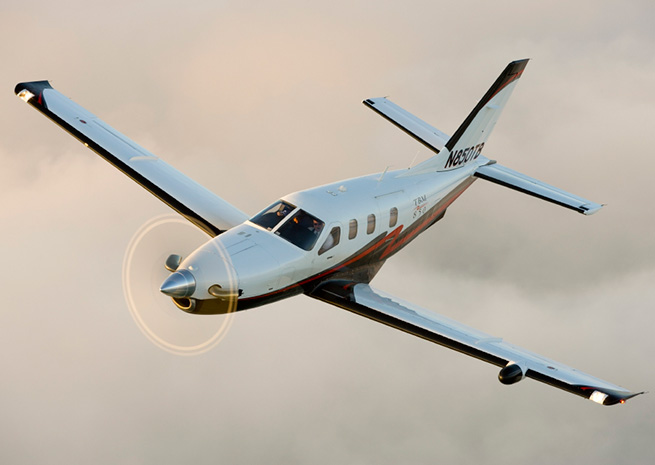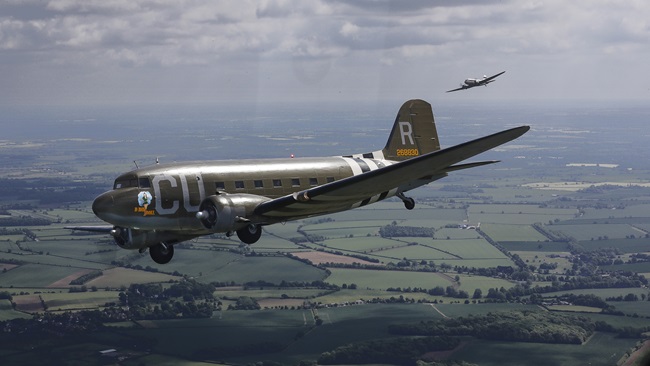
Way back in 1963, Pratt & Whitney engineers invented what would become an iconic turboprop engine: The PT6. The first such engine was rated at 450 shaft horsepower, and the timing couldn’t have been better. Beechcraft chose PT6s to power its then-new King Air line of turboprop twins, and to this day King Airs have used PT6s of ever-increasing power ratings. In fact, King Airs represent more than 8,000 PT6 sales to date—the lion’s share of total production.
At this year’s EAA AirVenture, Pratt & Whitney took the opportunity to celebrate the PT6’s 50th year by staging events with Quest Aircraft Company and Daher-Socata. Quest has installed a 750-shp PT6A-34 engine in its 100th Kodiak turboprop single utility hauler, and Pratt & Whitney officials from Canada and Connecticut were on hand to present a commemorative plaque.
The same scene took place at the Daher-Socata tent. As of July 2013, more than 640 TBM 700 and TBM 850 single-engine turboprops had been delivered—all of them powered by PT6s. In 2005, Socata introduced the TBM 850, the most powerful and fastest of the TBM series. The 850 is powered by a PT6A-66D engine with a thermodynamic rating of 1,825 horsepower, derated to 850 shp for better hot and high performance and high-altitude cruise speed. Daher-Socata North America president took the opportunity to note that the TBM fleet had flown one million flight hours without an accident related to an engine failure.



